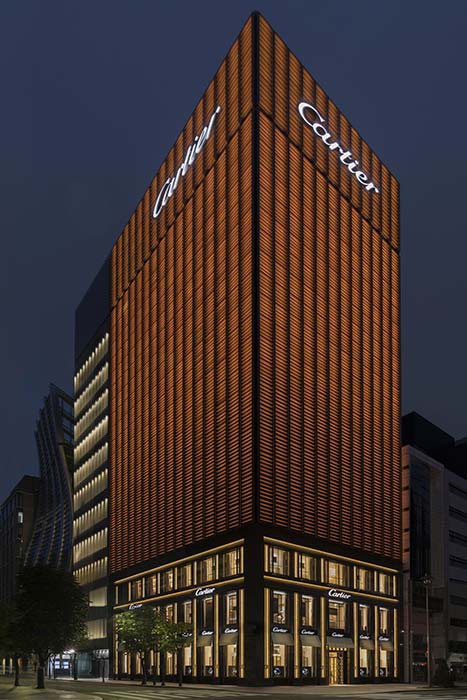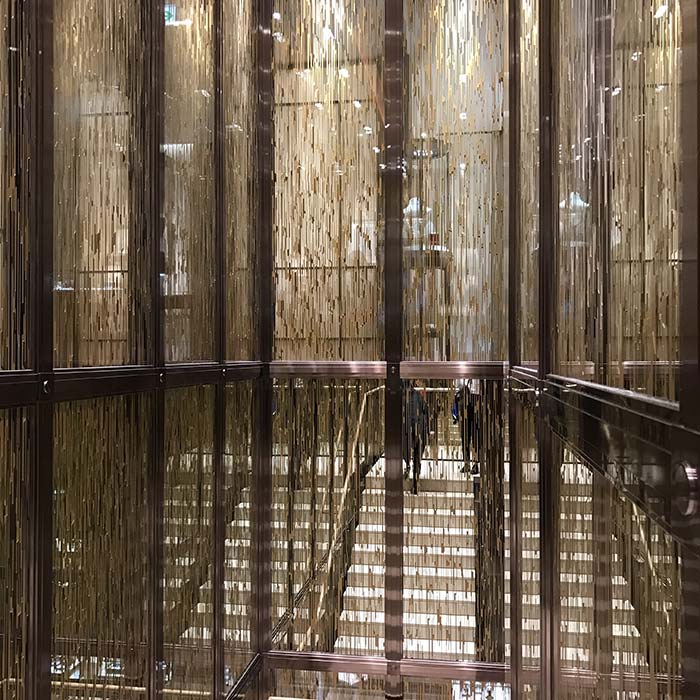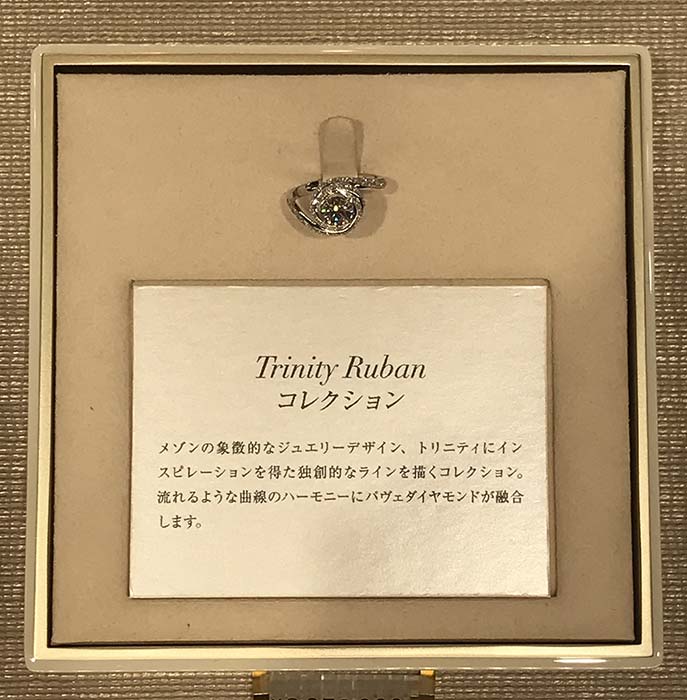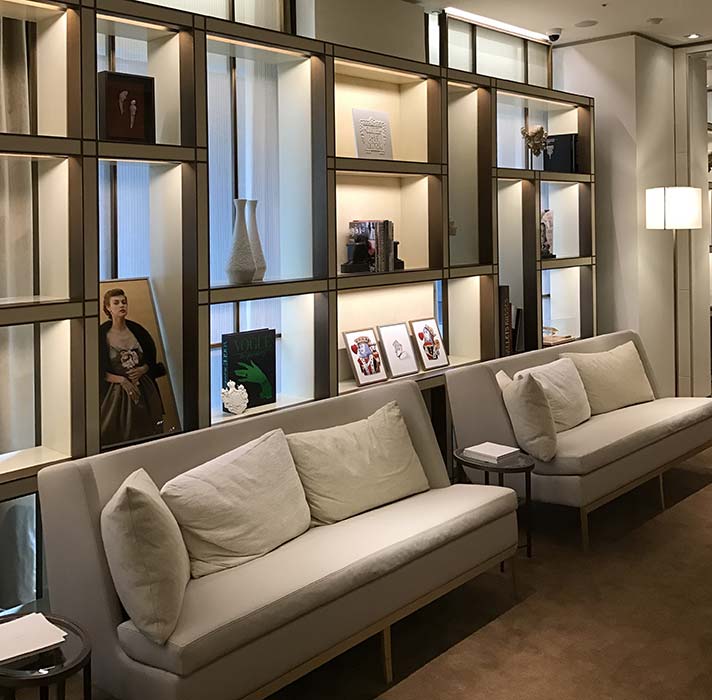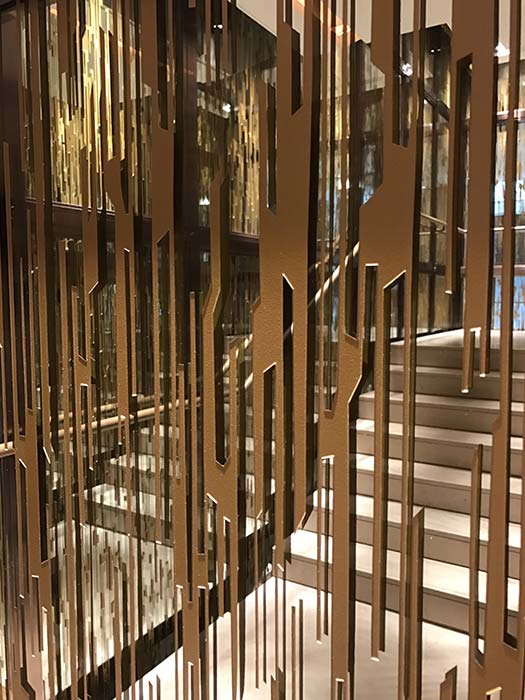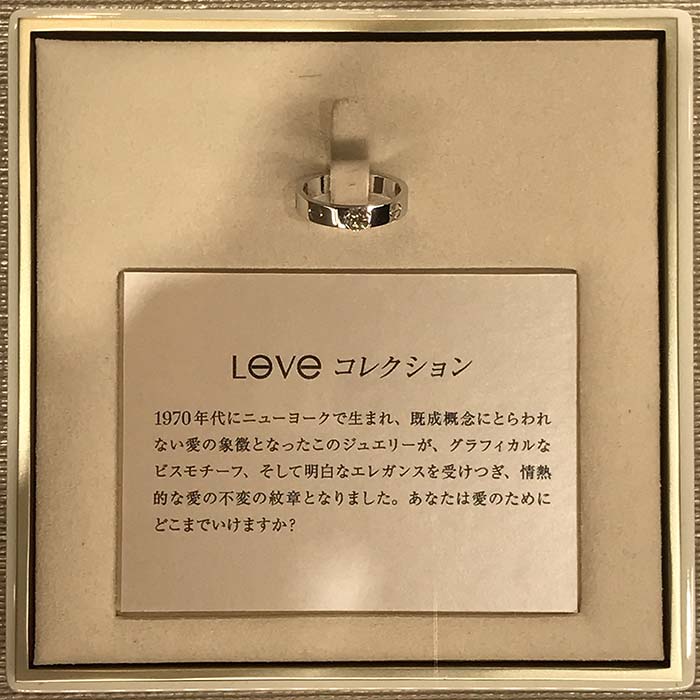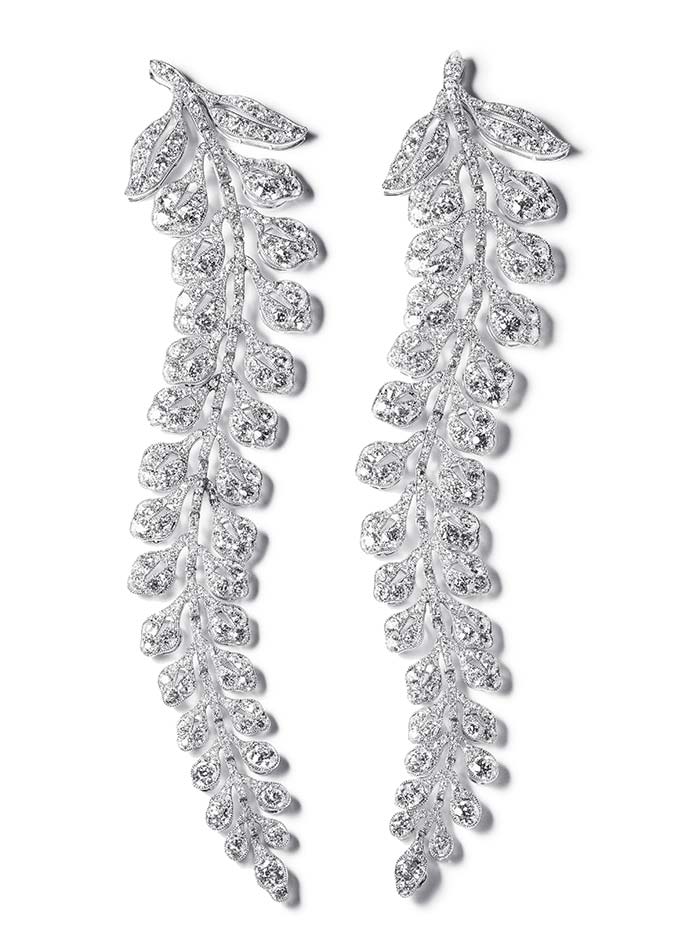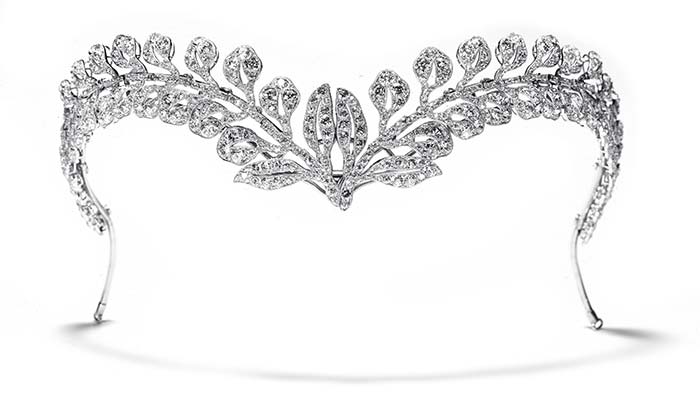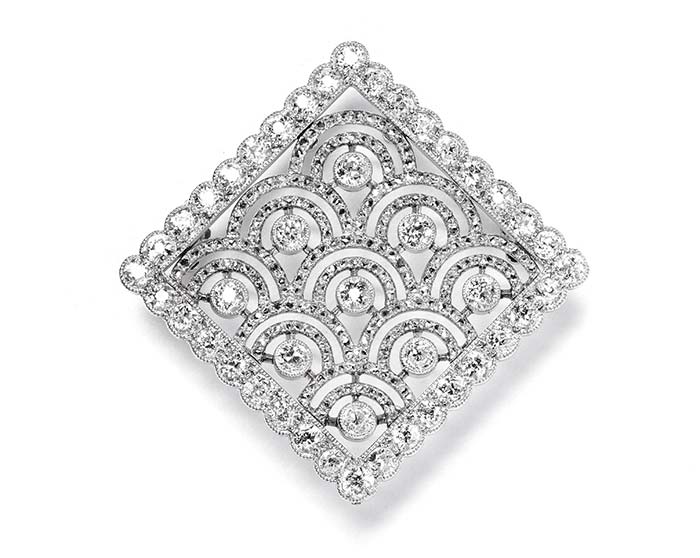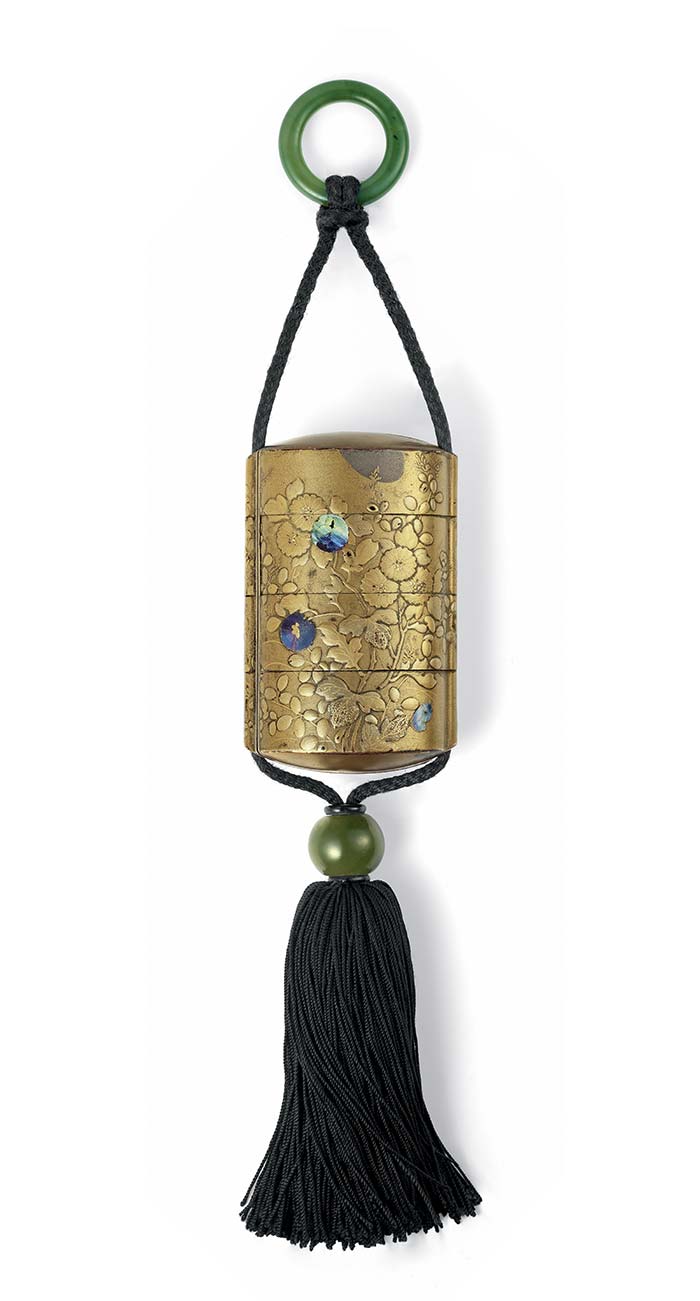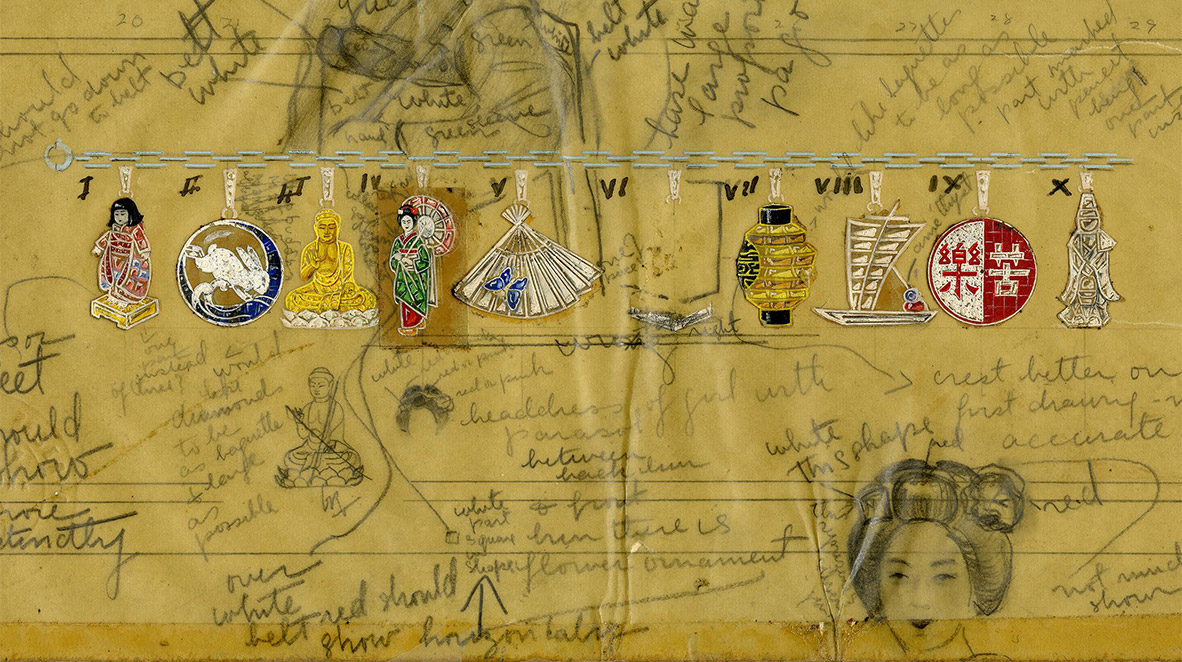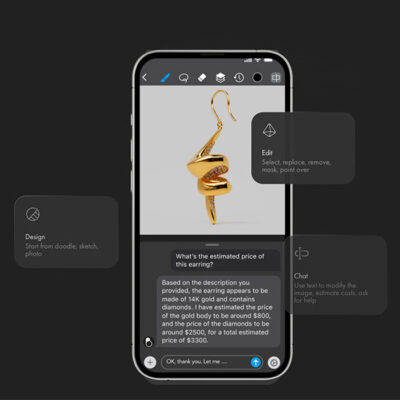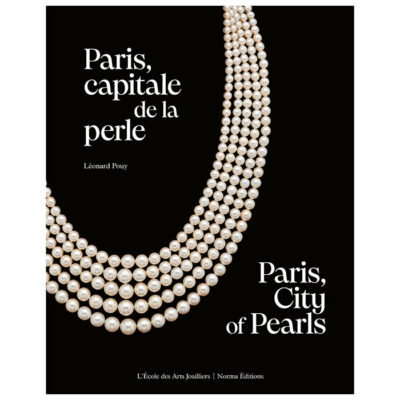Business
27 October 2016
Share
Cartier and Japan
The reopening of the Cartier flagship in Tokyo is a reminder of the ties this French jeweler has had over the years with Japan.
By Sandrine Merle.
In Ginza, the luxury shopping district, the red Cartier building resembles a monumental lantern all-aglow. New facades designed by Sylvain Dubuisson mark the reopening of this flagship. Ultra modern, they consist of cells that refer to the shoji screens made of wood and paper. Resembling pixels, they light up at night producing geometric shapes whose kinetic effect echoes that of the nearby Chanel boutique. The interior was renovated by Bruno Moinard, and its layout, screens with lacquered wood and gold leaf panels, and its colors together evoke the serenity of a Japanese temple.
Louis Cartier and Japan
Louis Cartier was fascinated by the objects, prints and paintings presented for the first time in France at the World Expo in 1867. The influence Japan had on the arts was phenomenal and it made a lasting impression on fashion designers such as Poiret, as well as the Impressionist and Post-Impressionist painters. Louis Cartier for his part was also inspired by drawings in the Le Japon artistique magazine published by the influential dealer, Siegfried Bing. Amongst these featured in particular, the wisteria clusters, a symbol of youth, he reinterpreted in fully articulated diamond earrings. Later, during the Art Deco period, the geometric abstract patterns found in kimono fabrics and in prints appeared on a square diamond brooch with a semicircular design.
Japan-inspired pieces
This Japanese fantasy reappeared in interpretations of the inro, a precious case for carrying medicinal preparations worn on the waist. In 1942, it became an essential that concealed a lipstick tube under its silk tassel. Another signature piece was the charm bracelet adorned with ten charms each representing a tradition, a symbol and so on. The first one referred to the Hina Matsuri festival during which the precious dolls passed down from generation to generation and meant to protect against evil spirits, were exhibited. The second last shows two ideograms signifying “joy” and “bitterness”.
Japan is a country that has no longstanding jewelry tradition. For a long time the kimono, obi and hair ornaments were the only adornment. This explains why Western jewelers like Cartier have set up only quite recently in Japan. Cartier’s first store opened in 1991 and its Ginza store in 2003, at a time when Japanese consumers began appreciating international products and Western fashions.


